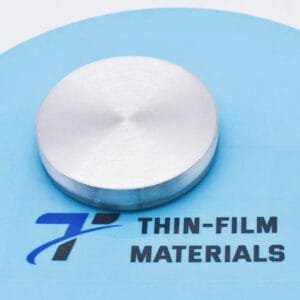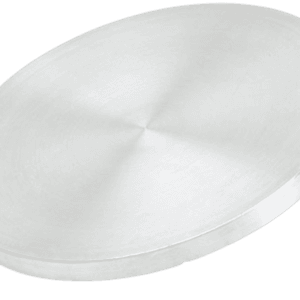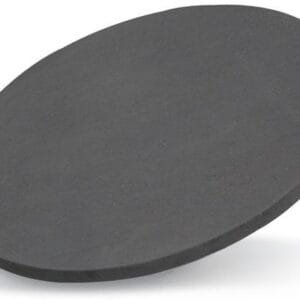Cadmium Zinc Sulfide Sputtering Target Description
Cadmium Zinc Sulfide (ZnS-CdS) Sputtering Targets are essential materials for thin film deposition in various applications. Composed of cadmium, zinc, and sulfur, these targets offer unique properties that are crucial for both optical and electronic uses. ZnS-CdS thin films provide excellent optical transparency and possess a wide bandgap, making them ideal for optoelectronic devices such as photodetectors and solar cells. Additionally, these targets are used in semiconductor device production due to their adjustable electrical properties and compatibility with various substrates. With their superior film uniformity and precise deposition control, Cadmium Zinc Sulfide Sputtering Targets facilitate the creation of high-performance electronic and optical components.
Related Product: Zinc Sputtering Target, Tin Zinc Sputtering Target
Cadmium Zinc Sulfide Sputtering Target Specifications
| Compound Formula | ZnS-CdS |
| Molecular Weight | 209.756 |
| Appearance | Yellow Target |
| Density | 1.06 g/cm3 |
| Available Sizes | Dia.: 1.0″, 2.0″, 3.0″, 4.0″, 5.0″, 6.0″ Thick: 0.125″, 0.250″ |
Cadmium Zinc Sulfide Sputtering Target Handling Notes
Cadmium Zinc Sulfide Sputtering Target Application
Photovoltaic Cells: Cadmium Zinc Sulfide (CdZnS) is commonly used as a window layer in thin-film solar cells, including Cadmium Telluride (CdTe) and Copper Indium Gallium Selenide (CIGS) solar cells.
Display Technology: In display technology, CdZnS thin films are utilized in light-emitting diodes (LEDs) and liquid crystal displays (LCDs) to enhance light manipulation, resulting in improved screen performance and color accuracy.
Optoelectronic Devices: CdZnS plays a role in the fabrication of optoelectronic devices, such as photodetectors and LEDs, contributing to their efficiency and performance due to its semiconducting properties.
Quantum Dots: CdZnS is sometimes used in the synthesis of quantum dots, where it helps passivate the core material, enhancing photoluminescence and stability. These quantum dots find applications in bio-imaging and quantum computing.
Cadmium Zinc Sulfide Sputtering Target Packaging
Our Cadmium Zinc Sulfide Sputtering Targets are meticulously handled during storage and transportation to ensure they retain their quality and remain in optimal condition.





Reviews
There are no reviews yet.